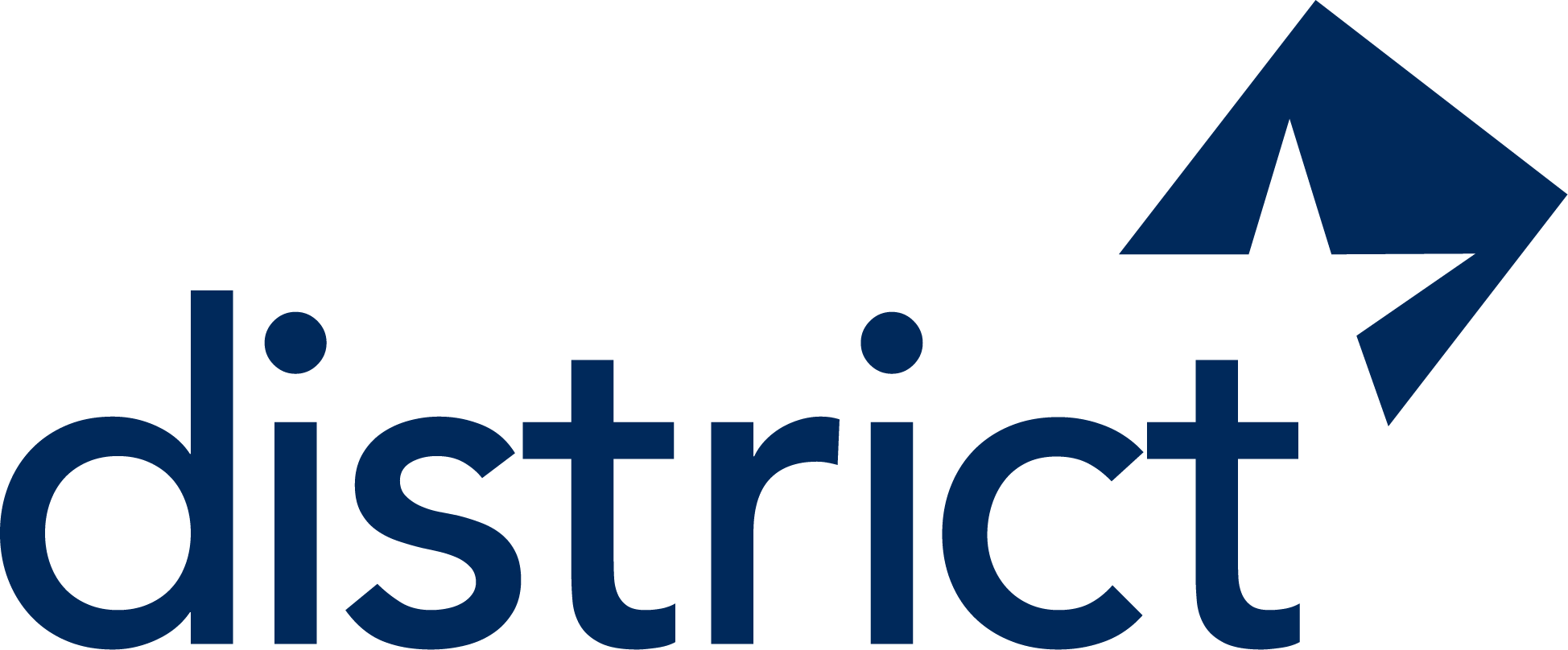Successful businesses don’t just come out of nowhere. The businesses that succeed are the ones that have a clear strategy for growth and a roadmap for getting from startup to IPO. But by roadmap, we don’t mean a traditional plan or strategy document. We mean a concise visual representation of where you’re going and how you plan to get there.
Why this approach? Because the ever-shifting, increasingly uncertain market we’re trying to do business in means that plans and strategies must change accordingly. And roadmaps offer insights and flexibility that traditional plans don’t.
Here’s how to design a business roadmap that will take you where you need to go.
Why You Need a Business Roadmap
Unlike the long-form strategic plans of the past, a business roadmap gives you at-a-glance insight into your short- medium- and long-term vision and strategic priorities. It’s your way to see what’s working easily (or not) in your business and what needs to change. Unlike traditional business plans, roadmaps are about more than numbers and growth percentages. They focus on the “how” and the “why” – not just the “what.”
Roadmaps let you:
- Focus on the big picture thinking
- Manage risk
- Solve problems effectively
- Align processes
- Be flexible
Roadmaps are a simple one-page document, meaning they’re flexible enough to be adjusted or redrawn as new trends, data, or market forces arise. Switching from old-school strategy documents to business roadmaps means changing mindsets as well. Rather than sticking with a traditional strategy due to inertia or sunk costs fallacy, you’re positioning yourself to adjust and pivot in the ways required to stay aligned with your goals.
Roadmaps are easy to draw up, redraw – or throw out. It keeps you honest about how your business is traveling and strips away the temptation to keep doing things “the way they’ve always been done.”
How to Create a Business Roadmap
Creating a business roadmap is simple – but not necessarily easy. Because it’s so concise, it requires a deep understanding of your business, standards, goals, responsibilities, and processes. For best results, you’ll want to get your company decision-makers involved.
Here’s what to touch on when creating your roadmap:
- What business you’re in – and what problem you’re solving. Think literally, but also bigger than that. What’s at the heart of your business – the X factor that sets you apart from the rest?
- Where are you, and where do you want to be? Ask yourself honestly how your business is doing and what success looks like. Be truthful about what’s going right and what needs to change. Think beyond dollar signs and consider values and purpose.
- What are the opportunities, and what stands in your way? This is where that flexibility comes in. Identify risks, barriers, inconsistencies, rewards, and opportunities – and figure out what you need to do to come out ahead.
- How will you make it happen? Alignment is key to implementation. Collaboratively define and communicate a strategy that everyone can visualize – and make it happen.
- What does success look like? Metrics matter. Define success and how you’ll know you’ve achieved your goals.
Flexibility Is at The Heart of Success
Clarity and flexibility are critical to business success. The businesses that can course correct to meet set goals or to move with the market are the ones that are built for longevity and growth. But it’s not just on-paper flexibility that matters. Where you work defines how you work. This is why at District Offices we offer flexible working that meets businesses where they are – and wherever your roadmap takes you.
For more information about our flexible workspaces in the heart of DC, get in touch.


